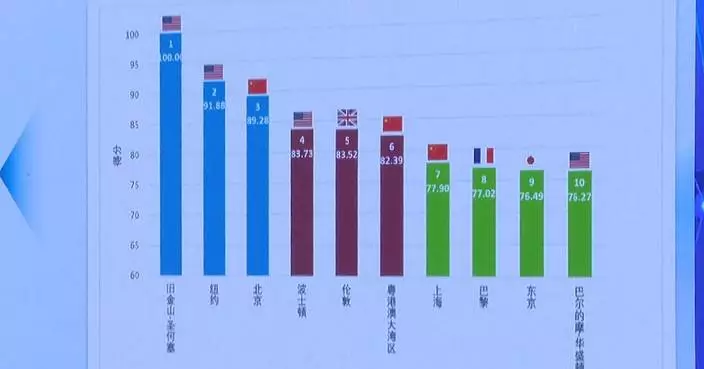The 10-year fishing ban in the Yangtze River has yielded significant results, and additional measures will be implemented to further enhance its effectiveness, said officials at a press conference held in Beijing on Tuesday.
The Yangtze River is China's longest waterway and has one of the highest levels of biodiversity in the world.
The country has introduced over 70 policies, and local governments have formulated and improved supporting policies and local regulations based on local conditions.
In terms of ensuring people's livelihood, the relevant departments have improved employment, pension and other policies for more than 231,000 fishermen who have retired from fishing.
Officials said at the press conference that the relevant departments will work together to promote the fishing ban from multiple aspects and continue to consolidate the results.
In terms of the conservation and restoration of aquatic biodiversity, the integrity index of aquatic organisms in the main stream of the Yangtze River, Poyang Lake, and Dongting Lake has improved by two levels from the previous worst state of "no fish" before the fishing ban.
"In 2022, the population of the iconic species, the Yangtze finless porpoise, reached 1,249 individuals, an increase of 237 individuals compared to the 2017 census, marking a historic reversal of the declining trend. The Chinese paddlefish, another significant species in the Yangtze River, has migrated upstream to Dongting Lake, reaching the furthest distribution area in history," said Tang Renjian, China's minister of agriculture and rural affairs.
The Yangtze River basin is one of the most biologically diverse regions for aquatic organisms in the world, with over 400 species of fish distributed within it. Among them, 96 species have been designated as nationally protected fish species.
"Starting from this year, the Ministry (of Agriculture and Rural Affairs) plans to allocate a special fund of 50 million yuan (about 6.91 million U.S. dollars) annually, aiming to release one million fish. The goal is to gradually increase this number to five million fish within the next three to five years, creating a positive cycle for the sustained recovery of the population," he said.

China's 10-year fishing ban yields promising results in Yangtze River: official










